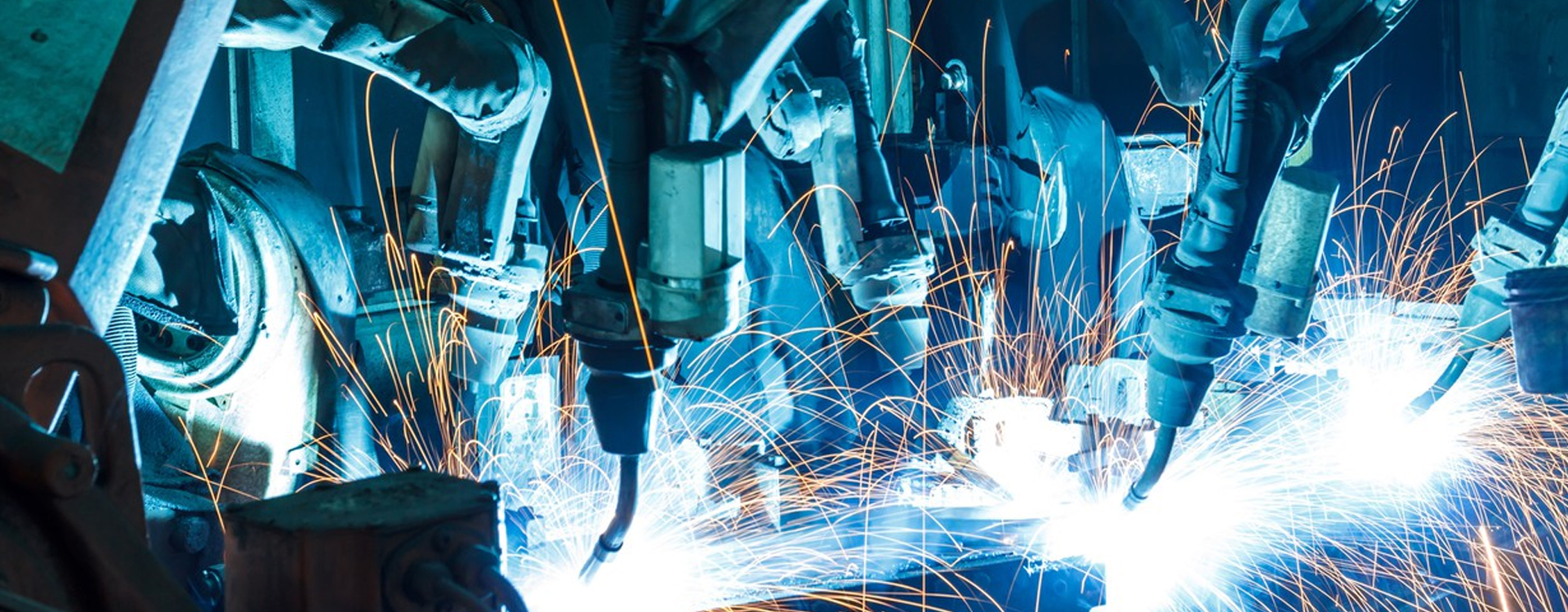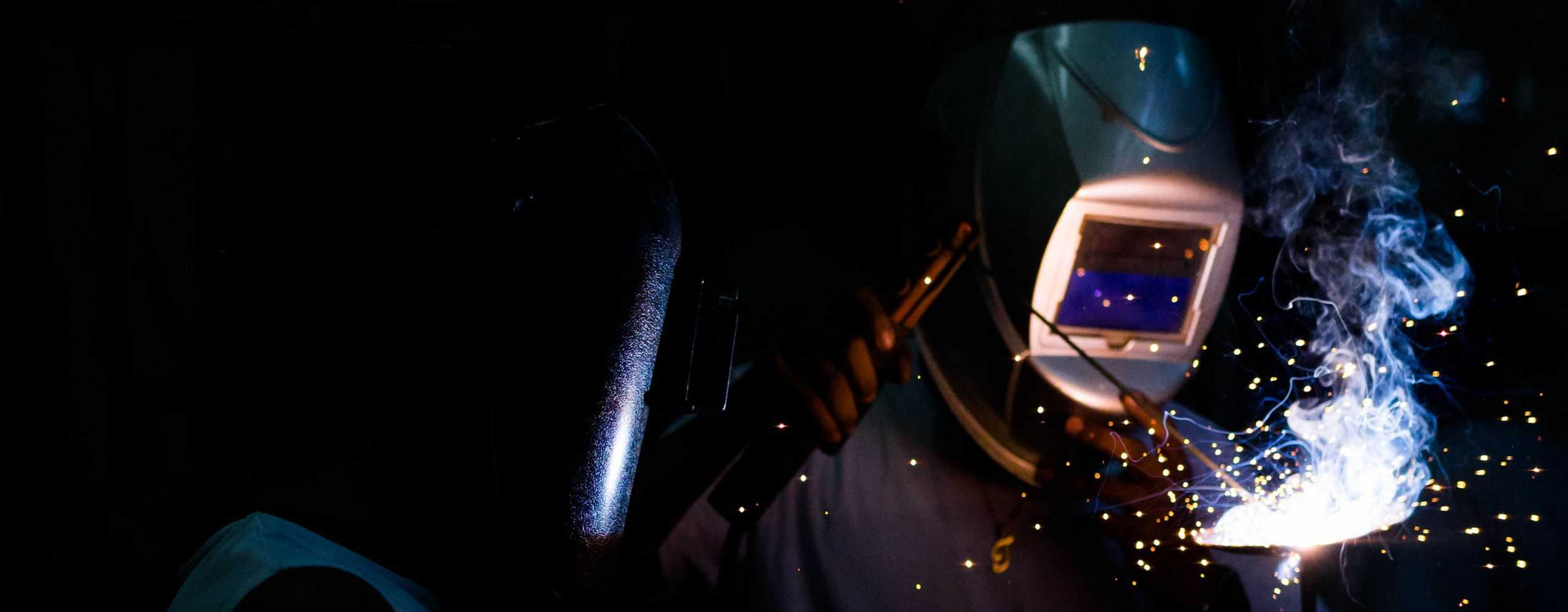Seminar Details
Nanocomposites are a new class of material that contain a relatively small amount of nanosized particles having high specific surface area as reinforcement. Metal matrix nanocomposites (MMnCs) are an emerging class of nanocomposite that has excellent physical and mechanical properties and has potential application in a wide range of areas. As nanoreinforcements have a higher interaction with the metal matrix, it results in superior physical, structural, thermal and mechanical properties of the MMnCs. MMnCs reinforced with nanoreinforcements can show superior modules, specific strength, wear resistance and fatigue properties compared to conventional engineering materials. Although aluminium (Al) and its alloys have several attractive properties and are extensively used for structural applications, they still have drawbacks like low strength and hardness, poor stiffness and low abrasion and wear resistance. Al and its alloys are not suitable for applications that require high tensile or load-bearing capabilities. Al has a relatively low melting point (Tm) of 660.3oC due to which Al undergoes softening at elevated temperatures, reducing their strength. Al has a density (&rho) of 2.7 g/cc and it has a maximum hardness of ~350 MPa and has an elastic modulus (E) of ~70 GPa. Their thermal stability is also low due to their low melting temperatures. However, these drawbacks can be overcome by reinforcing Al and its alloys with suitable reinforcements. Today, researchers are developing hybrid nanocomposites with more than one nanofiller incorporated into the metal matrix. Hybrid nanocomposites can have a combination of different materials or two or more forms of reinforcements like fibers, particulates, whiskers and nanotubes. Hybridization is a methodical approach to overcome the limitation of using one type of reinforcement in a composite material. Hybridization makes use of the synergistic effects that occur when different types of reinforcements are combined and added to a matrix material. Through the proper selection and integration of various reinforcements in a hybrid composite researcher can take advantage of the distinct properties of the different reinforcements, resulting in a composite material. The present study is focused on the development of Al-based nanocomposites reinforced with mono and hybrid reinforcements. Here, in the present study, one-dimensional (1D) carbon nanotubes (CNTs) and two-dimensional (2D) graphite nanoplatelets (GnPs) and hexagonal boron nitride (hBN) have been used as nanofillers. Al-GnP and Al-hBN nanocomposites have been developed using GnP and hBN monofillers. Al-GnP-hBN and Al-CNT-hBN nanocomposites have been developed using GnP-hBN and CNT-hBN binary hybrid nanofillers and Al-CNT-GnP-hBN nanocomposites have been developed using CNT-GnP-hBN ternary hybrid nanofillers. The various GnP-hBN and CNT-hBN binary hybrid nanofillers and the CNT-GnP-hBN ternary hybrid nanofillers have been synthesize by ultrasonicating the nanofillers in different ratios of their weight fractions in acetone medium. The various nanocomposites were developed by powder metallurgy (PM) route and sintering was done by both conventional sintering and spark plasm sintering (SPS) techniques. From the characterization and analysis of mechanical properties it has been observed that conventionally sintered and SPSed Al-based mono and hybrid reinforced MMnCs exhibited superior mechanical and wear behaviour as compared to the pure Al sample developed similarly. 1D CNTs provide strength to the nanocomposites, whereas 2D GnP and hBN provides wear resistance to the nanocomposites. Among the various hybrid nanofillers the binary hybrid nanofiller having the composition of GnP50hBN50 having equal weight fraction ratio of 1:1 of GnP and hBN was found to be the most effective in enhancing the mechanical properties and the wear characteristics of the nanocomposites.



